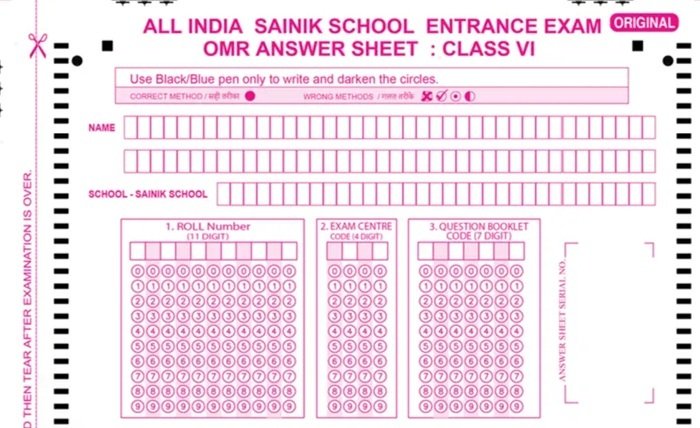Introduction
An OMR sheet, also known as Optical Mark Recognition sheet, is a printed form used to capture human-marked data through scanning. The OMR sheet is widely utilized for various examinations, surveys, attendance tracking, and other applications where quick, accurate data processing is essential. Understanding the OMR sheet’s basics is crucial for effectively leveraging its capabilities in educational and professional settings.
History and Development of OMR Sheet
The history of the OMR sheet dates back to the 1930s when optical scanning technologies were first developed. However, widespread use of the modern OMR sheet began in the mid-20th century, notably in educational institutions for standardized testing. Over decades, improvements in technology have refined the OMR sheet design, enhancing accuracy and processing speed, thus making it indispensable in large-scale data collection and evaluation.
Applications and Benefits of OMR Sheet
The OMR sheet is predominantly used in educational assessments, entrance exams, and surveys. Its quick processing capabilities make it ideal for handling large volumes of data efficiently. The benefits of using an OMR sheet include high accuracy, minimal manual intervention, reduced errors, and swift result processing. Educational boards rely heavily on the OMR sheet for fair and transparent evaluations.
How Does an OMR Sheet Scanner Work?
An OMR sheet scanner reads marked data using optical technology. The scanner shines light onto the OMR sheet, and the reflectivity of marked areas versus unmarked areas allows the scanner to interpret the data. Marks made on the OMR sheet must be clear and precise to be correctly identified. Modern scanners process thousands of sheets per hour, significantly speeding up data analysis tasks.
Precautions While Filling an OMR Sheet
While filling an OMR sheet, several precautions must be observed. Users should mark answers using the recommended writing instrument, typically a black or blue pen or pencil, to ensure the scanner accurately reads the data. Avoid stray marks, incomplete bubbles, or smudges, as these can lead to scanning errors. Additionally, handling the OMR sheet carefully prevents physical damage, ensuring accurate data interpretation.
Software Solutions for OMR Sheet Processing
OMR sheet software simplifies data processing by automating the scanning and interpretation process. Advanced software solutions for the OMR sheet offer functionalities like automatic error detection, instant result generation, and seamless data integration. These tools are essential for educational institutions, organizations, and businesses that manage substantial amounts of data regularly, streamlining their workflow and improving efficiency.
Future of OMR Sheet Technology
The OMR sheet continues to evolve alongside technological advancements. Future developments are expected to incorporate advanced artificial intelligence and machine learning algorithms, enhancing the OMR sheet’s accuracy and data processing capabilities. Digital transformation may also lead to greater integration of digital OMR sheet solutions, reducing dependency on physical paper sheets and promoting environmental sustainability.
Conclusion
The OMR sheet remains an integral part of efficient and accurate data collection systems globally. With its widespread applications in education, business, and research, understanding and properly utilizing the OMR sheet is crucial. Future innovations promise to further expand the capabilities and effectiveness of OMR sheet technology, ensuring it continues to play a vital role in various sectors.
FAQs
1. What is the best writing tool for an OMR sheet? Generally, a black or blue ballpoint pen or HB pencil is recommended for marking answers on an OMR sheet.
2. Can corrections be made on an OMR sheet? Corrections are generally discouraged as they can cause misreads. Some sheets allow corrections by fully erasing pencil marks carefully.
3. Is it possible to scan an OMR sheet using regular scanners? Regular scanners are less accurate; specialized OMR scanners are recommended for precise and efficient scanning.
4. How long does it take to scan an OMR sheet? Advanced OMR scanners can process thousands of sheets per hour, significantly reducing the scanning time.
5. Are digital OMR sheets effective? Yes, digital OMR sheets are effective and gaining popularity for their environmental benefits and ease of integration with data systems.











